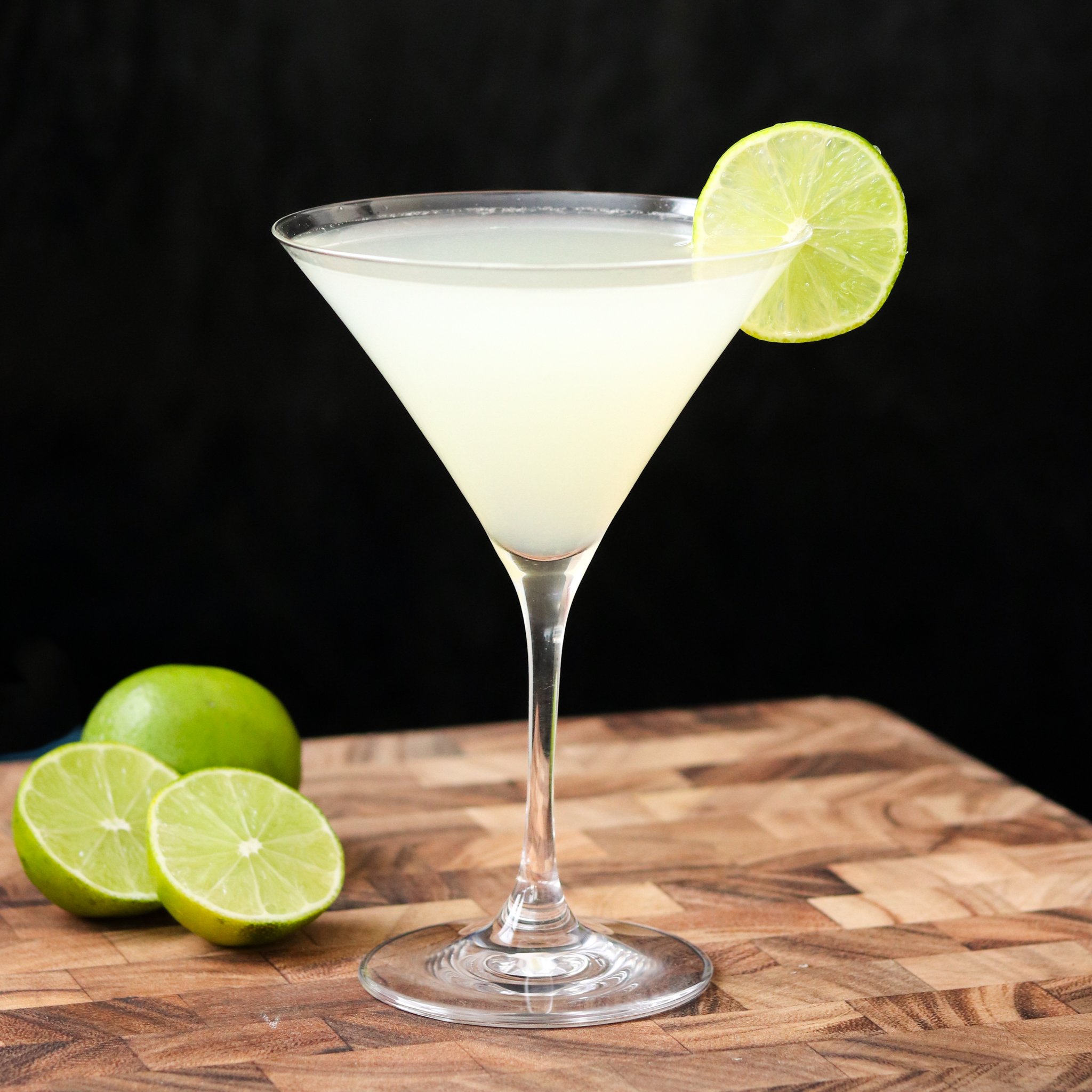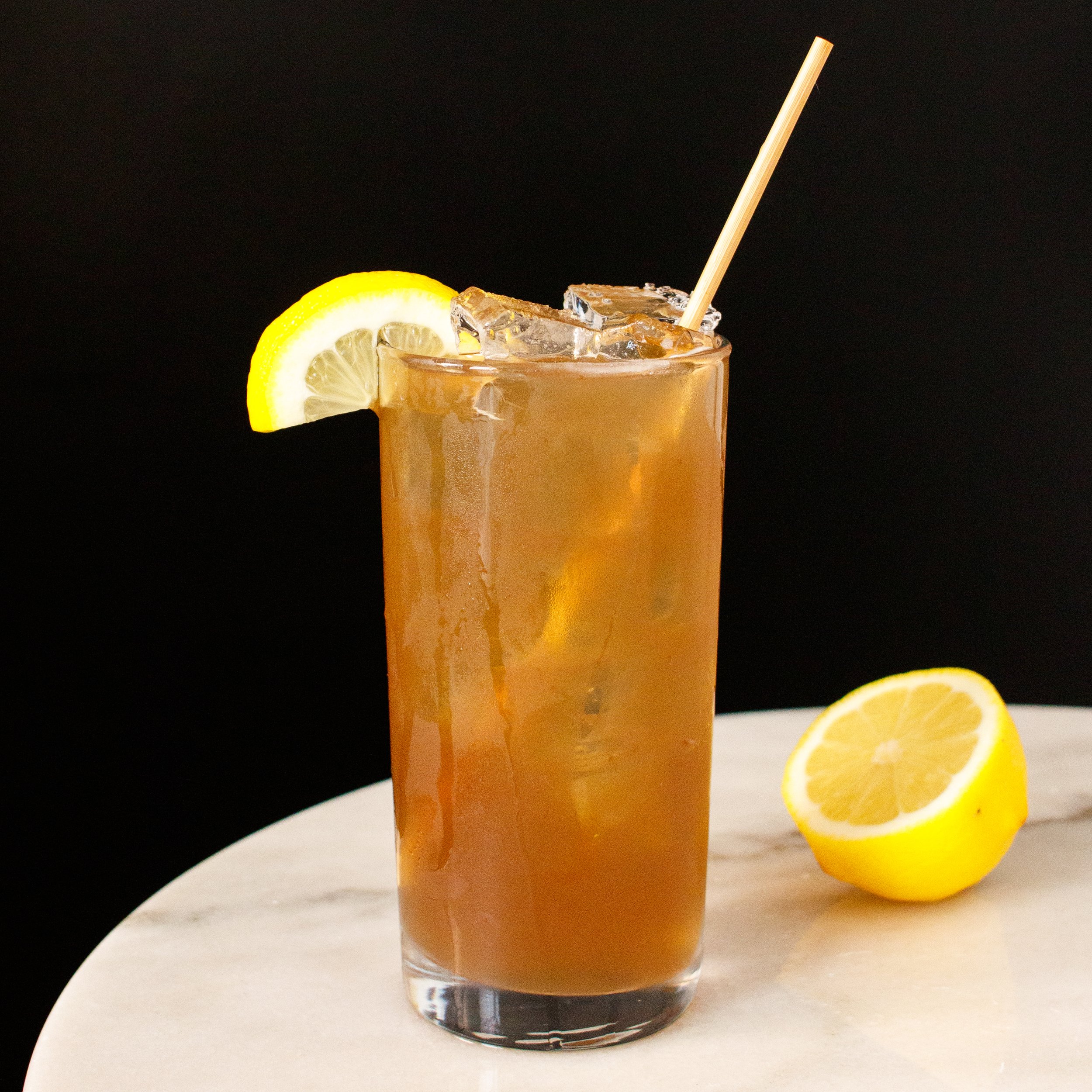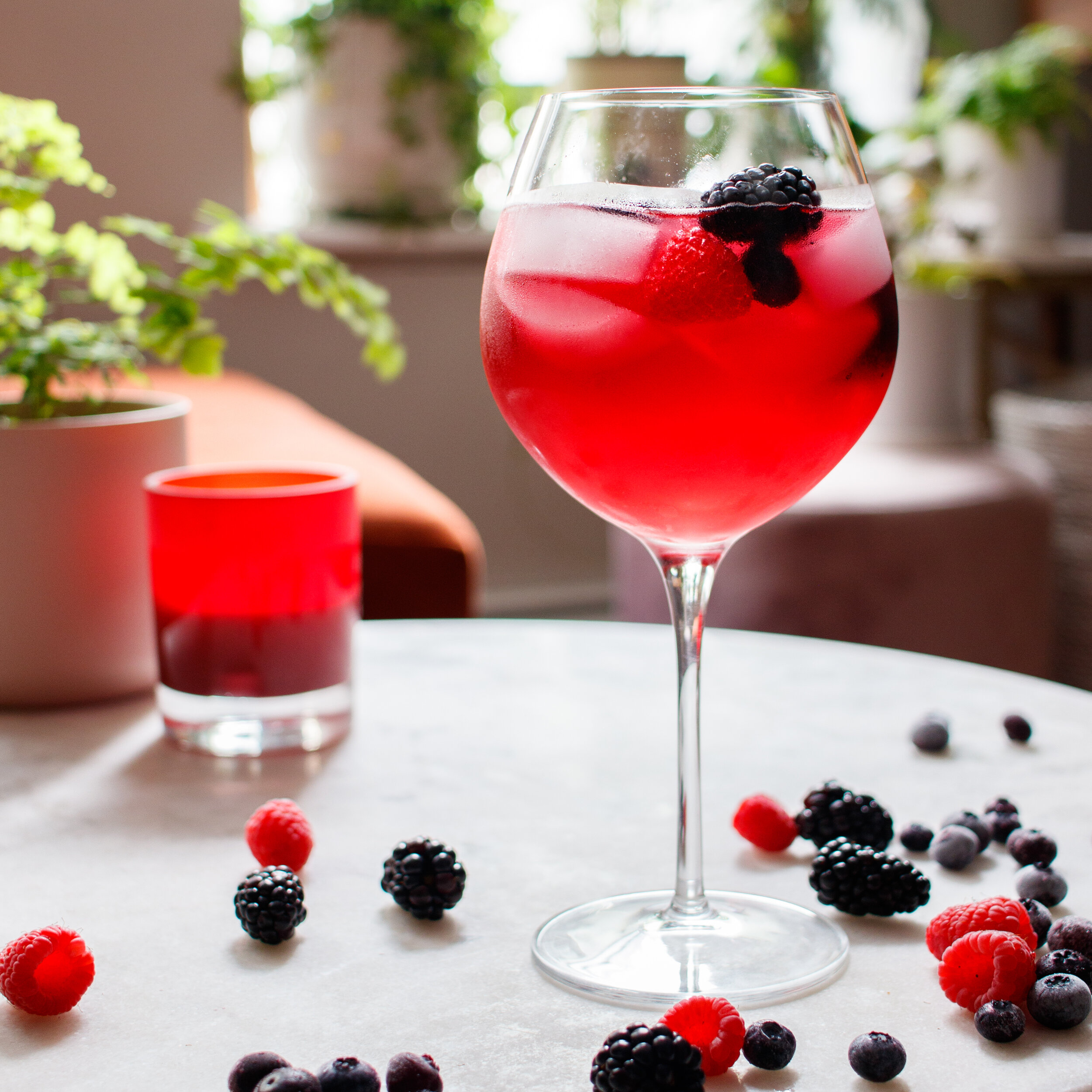2 ounces vodka
1 ounce triple sec
1 ounce freshly squeezed lime juice
Lime wedge, for garnish
Pour vodka, triple sec, and lime juice into a cocktail shaker with plenty of ice. Shake until frosty, strain into a chilled cocktail glass, and garnish with a lime wedge.
When researching the history of the kamikaze, most sources claim that the drink was invented at a bar on a naval base in Japan in the 1950s but didn’t make its way to the U.S. until the 1970s. This story seems to be more fiction than fact though, since most of these same sources say that the kamikaze was initially created as a shot but was so drinkable that it was eventually scaled up to a cocktail. But shots weren’t really a thing yet in the 50s.
The more likely origin story is that the Kamikaze didn’t become popular until the 70s because it wasn’t actually invented until the 70s. Because it was initially created as a shot, it was particularly popular with young people, especially sporty New Yorkers who liked to go skiing and sailing on weekends.
Two sport specific magazines from the 1970s appear to point to two possible origin stories. One, taken from the pages of Motorboating and Sailing magazine, claims that a bartender named Tony Lauriano created the Kamikaze in New York City in 1972. The story goes that he originally wanted to name the drink the Jesus Christ Superstar after the famous broadway show, but people thought the name was too weird and too long so he changed it to kamikaze. Another article, this one from Ski Magazine, claims the Kamikaze was originally invented in Florida in the early 70s but didn’t become popular until it spread to New York.
As is the case with a lot of cocktails, there’s no way to know for certain which story is true, but they both seem much more plausible than the story of the 1950s naval base.
Either way, we know that by 1975 the Kamikaze was popular enough that one liquor company was selling a pre-mixed Kamikaze cocktail in a bottle. While the shot version of the Kamikaze is mostly vodka with just a tiny bit of lime and triple sec for flavor, the cocktail version increases the ratio of mixers to spirit to 2 parts vodka to 1 part triple sec and 1 part lime juice. By the 80s the delicious and drinkable cocktail version was almost as popular as the boozier shot version.




